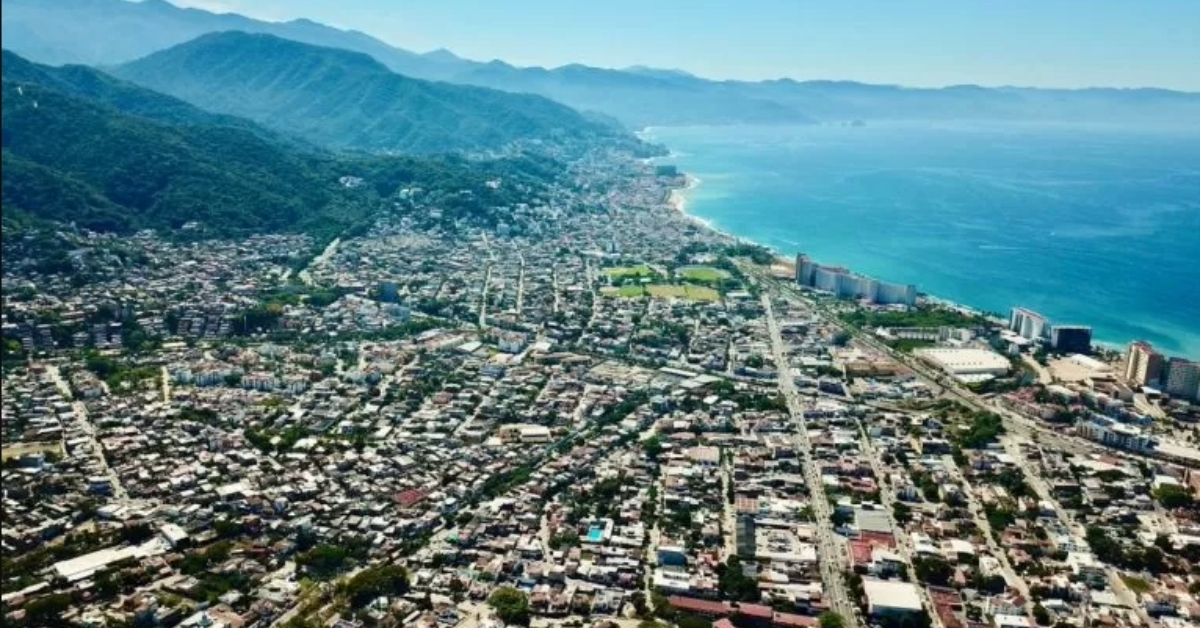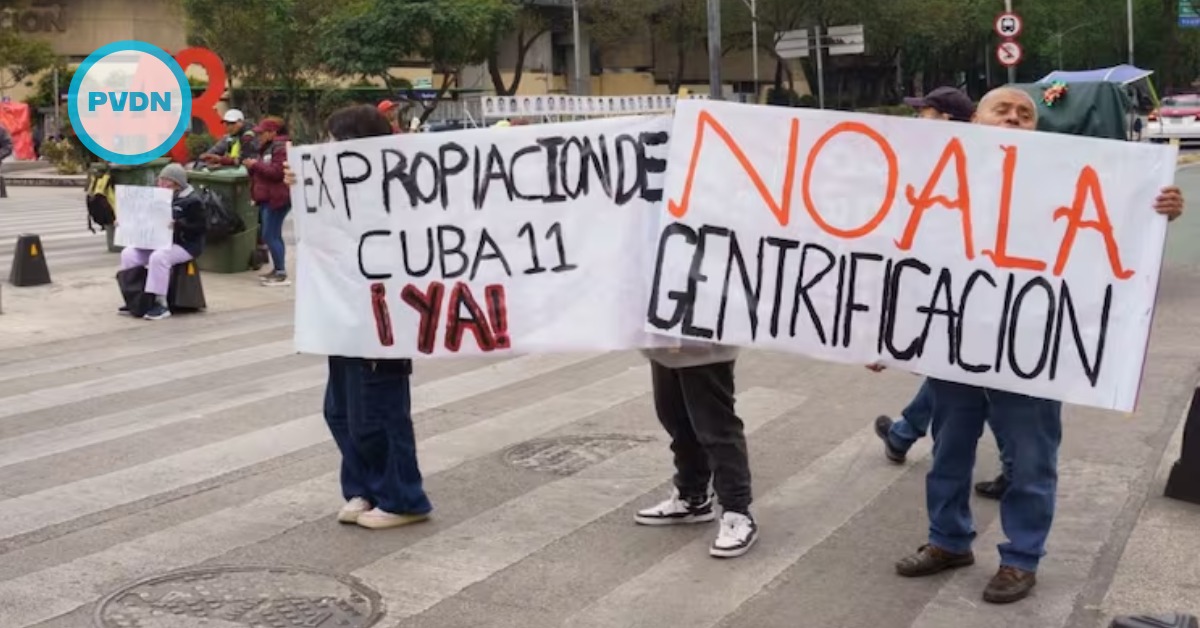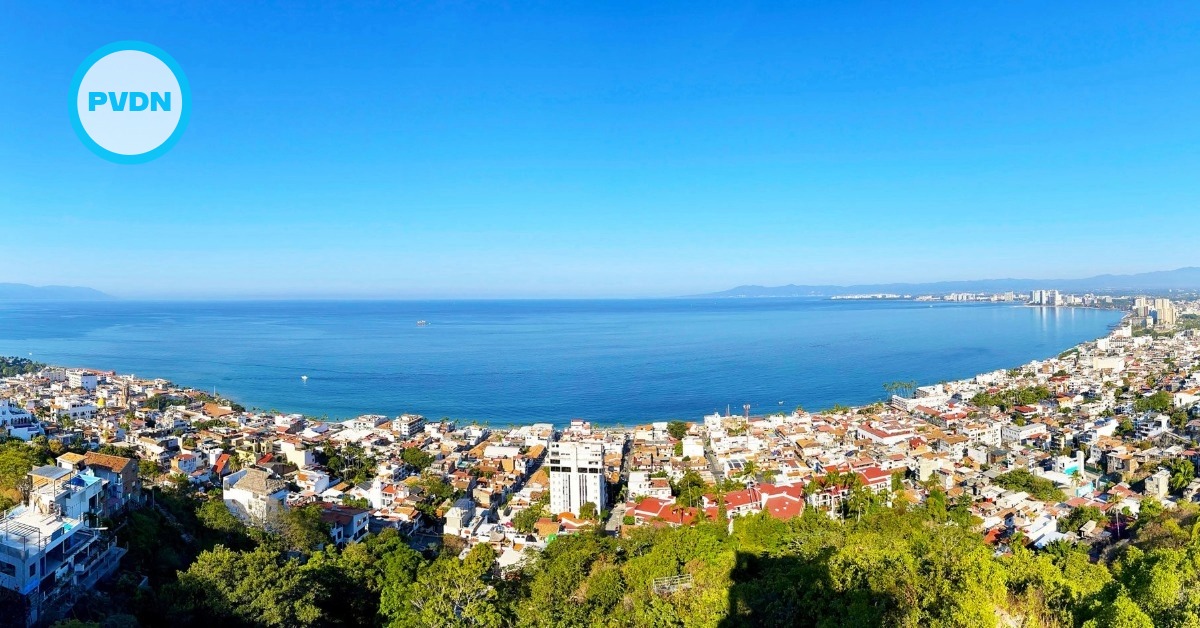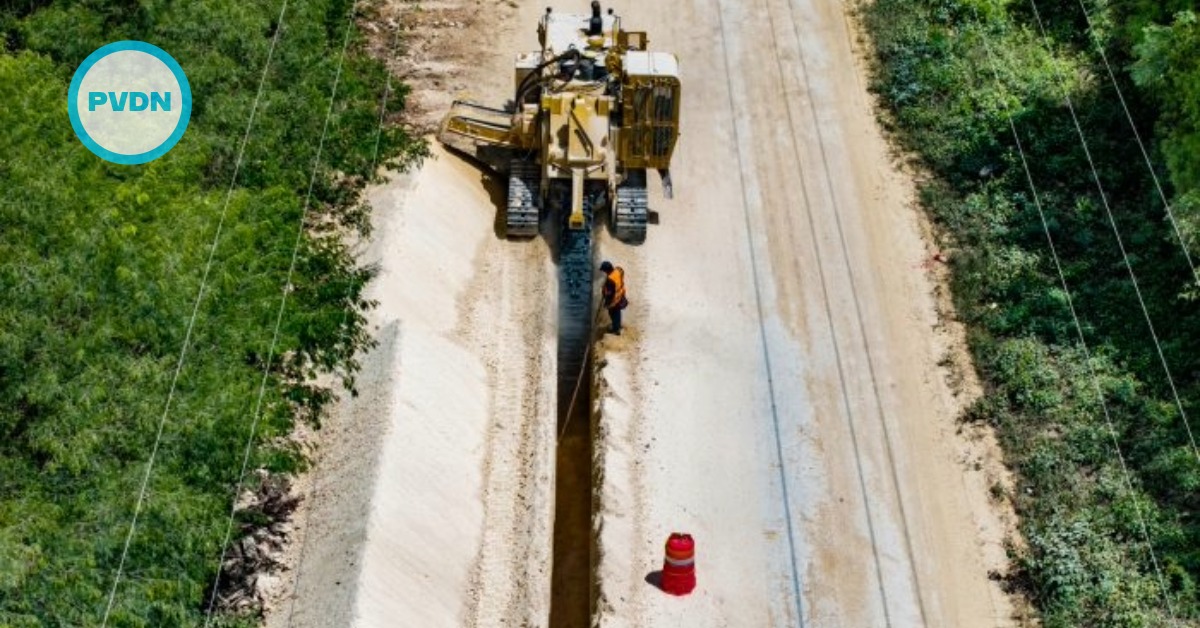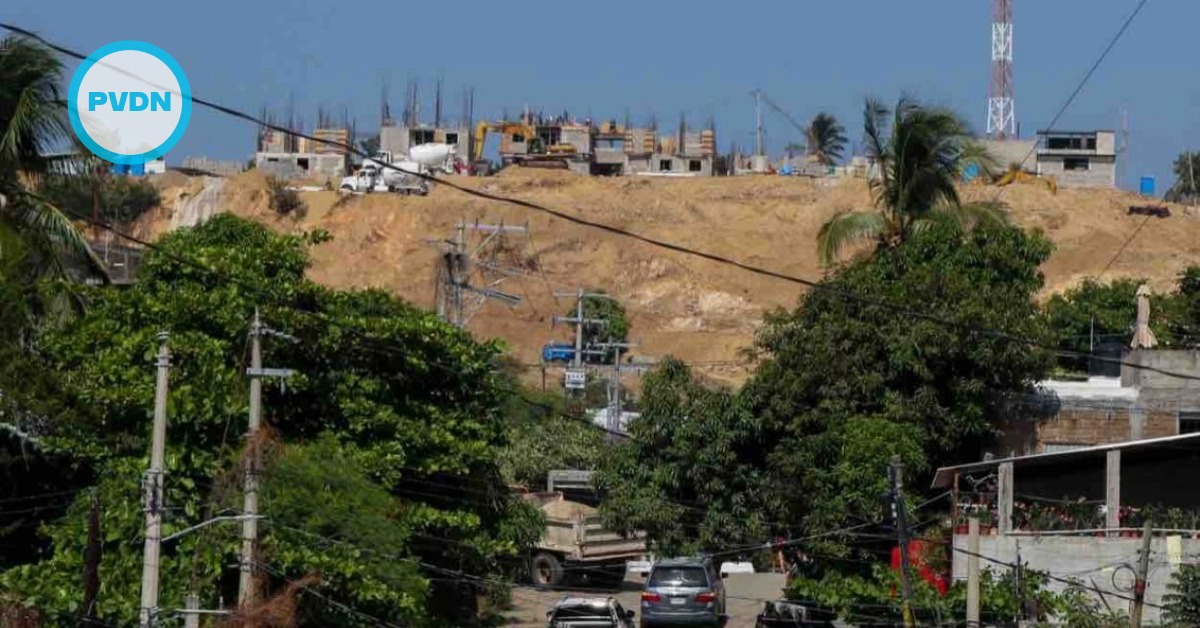Near-shoring, moderating inflation and a surge in vacation-rental demand keep bricks and mortar firmly on investors’ radars for 2025.
A cooling economy, but investors double-down on bricks and mortar
Mexico wrapped up 2024 with headline inflation at 4.21 %, still above Banxico’s 3 % goal yet well below the 8.7 % peak of 2022, according to INEGI’s end-of-year release. GDP growth for 2025 is projected in a restrained 1.5 %-2.2 % band, Banxico’s latest quarterly outlook shows.
Those softer macro numbers . . .


